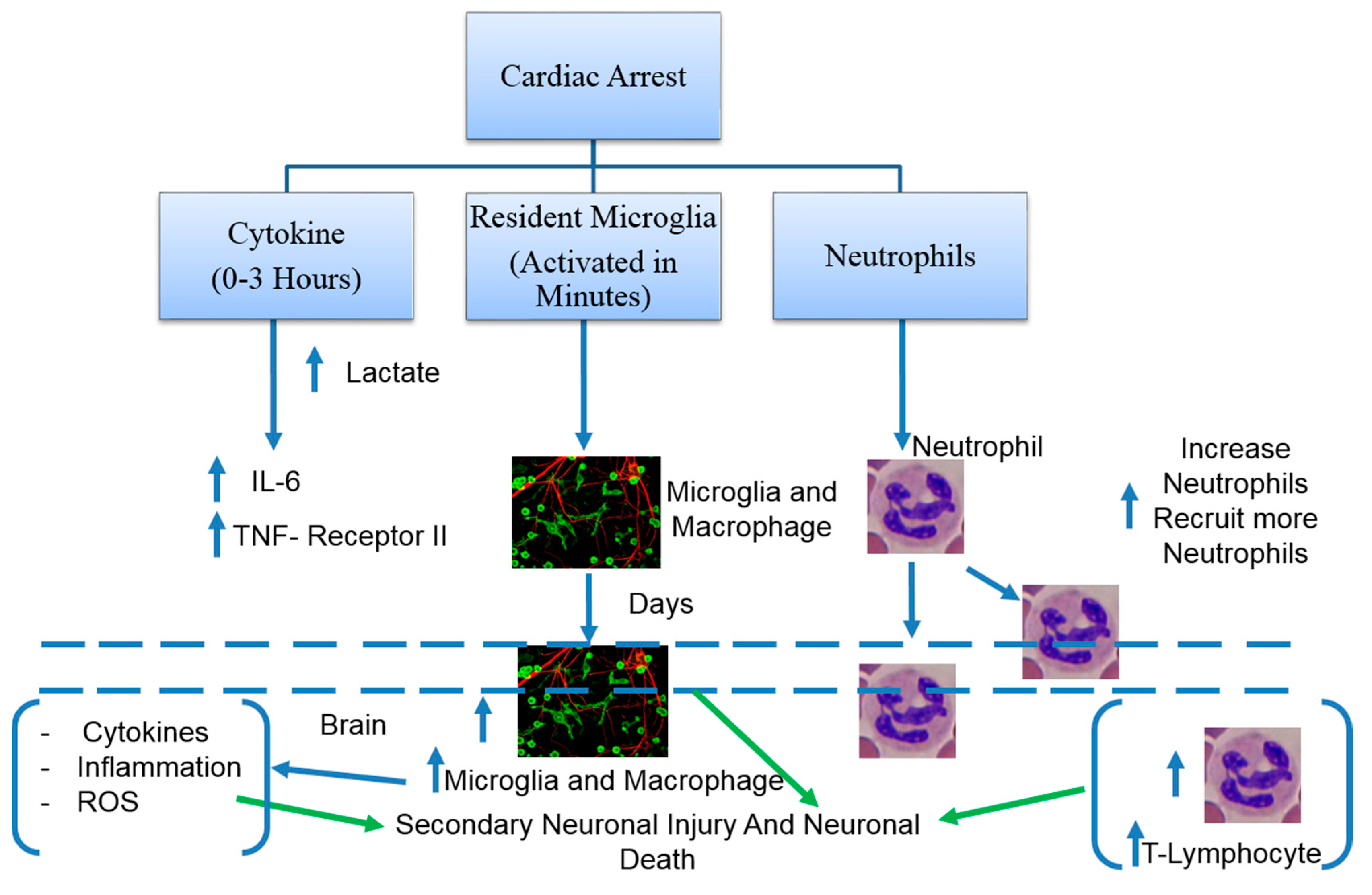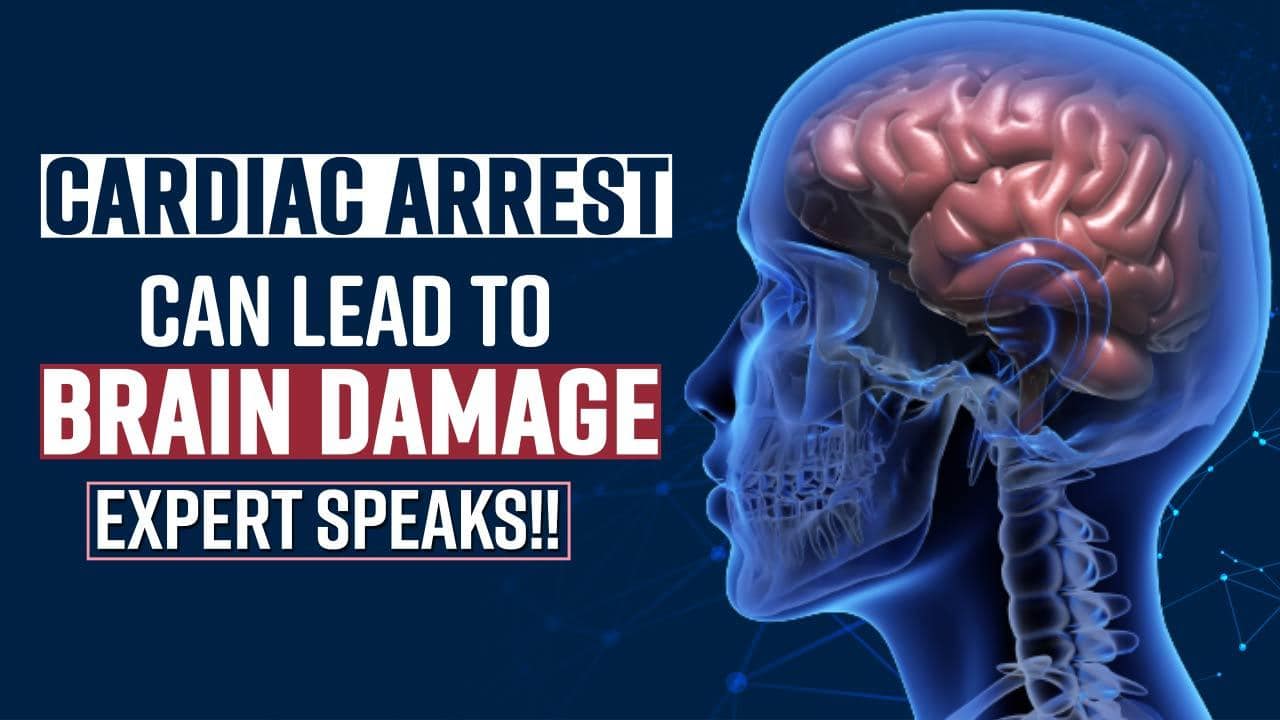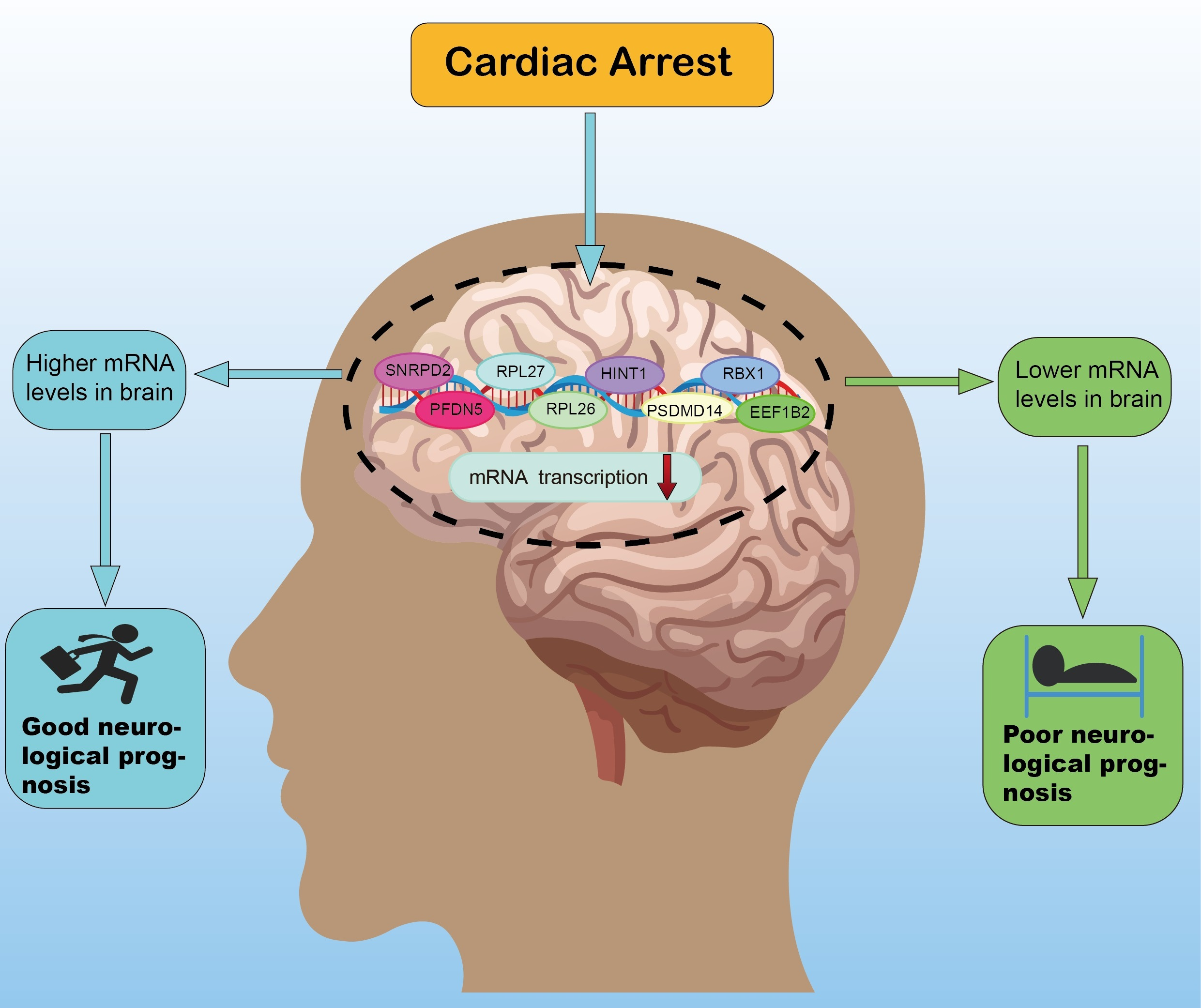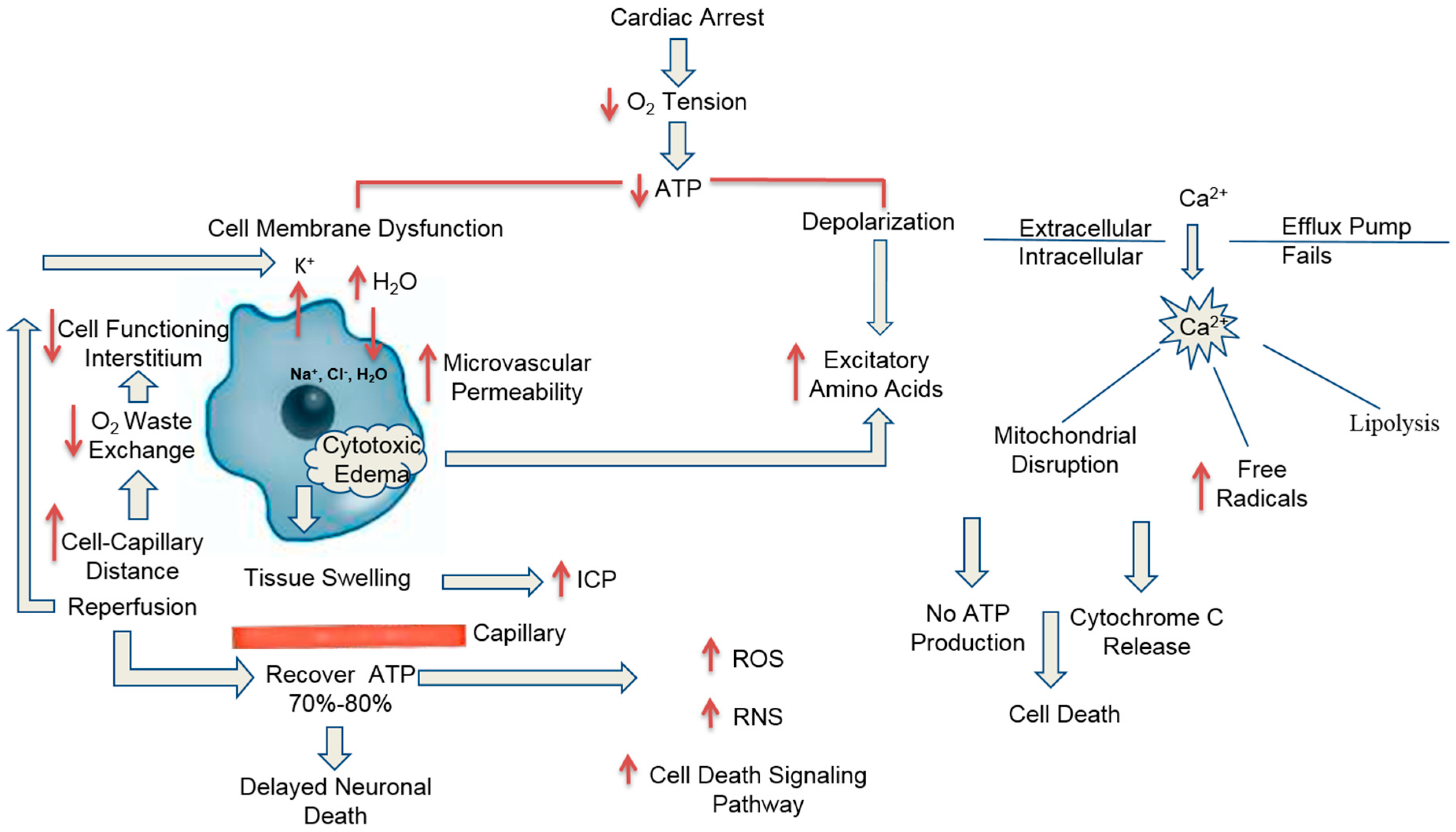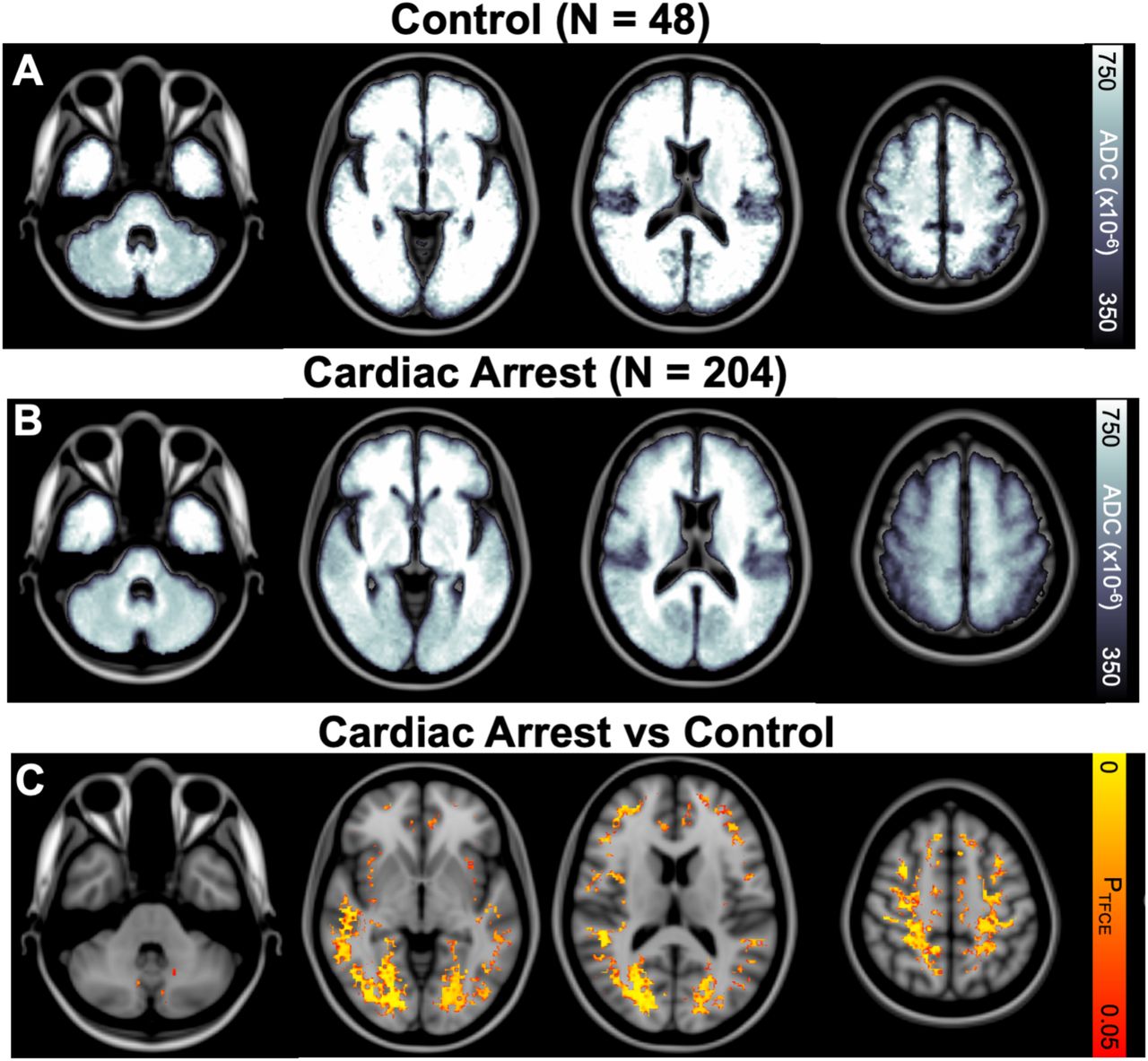Cardiac Arrest And Brain Injury - Among those who do, there is risk of neurologic dysfunction, brain injury, disorders of. In simple terms, cardiac arrest means no effective contraction of the heart muscle and no blood flow to the brain, which. Brain injury after resuscitation, a common sequela following cardiac arrest, ranges in severity from mild impairment to devastating. Most people who experience cardiac arrest do not survive. Early recognition and response to. Brain injury after cardiac arrest remains a substantial cause of morbidity and mortality.
Early recognition and response to. Brain injury after cardiac arrest remains a substantial cause of morbidity and mortality. Most people who experience cardiac arrest do not survive. Brain injury after resuscitation, a common sequela following cardiac arrest, ranges in severity from mild impairment to devastating. In simple terms, cardiac arrest means no effective contraction of the heart muscle and no blood flow to the brain, which. Among those who do, there is risk of neurologic dysfunction, brain injury, disorders of.
Among those who do, there is risk of neurologic dysfunction, brain injury, disorders of. Brain injury after resuscitation, a common sequela following cardiac arrest, ranges in severity from mild impairment to devastating. Early recognition and response to. Most people who experience cardiac arrest do not survive. Brain injury after cardiac arrest remains a substantial cause of morbidity and mortality. In simple terms, cardiac arrest means no effective contraction of the heart muscle and no blood flow to the brain, which.
Pathophysiology and the Monitoring Methods for Cardiac Arrest
Early recognition and response to. Most people who experience cardiac arrest do not survive. Brain injury after resuscitation, a common sequela following cardiac arrest, ranges in severity from mild impairment to devastating. Brain injury after cardiac arrest remains a substantial cause of morbidity and mortality. Among those who do, there is risk of neurologic dysfunction, brain injury, disorders of.
During a cardiac arrest there are two stages of brain injury https
Most people who experience cardiac arrest do not survive. Brain injury after cardiac arrest remains a substantial cause of morbidity and mortality. Brain injury after resuscitation, a common sequela following cardiac arrest, ranges in severity from mild impairment to devastating. In simple terms, cardiac arrest means no effective contraction of the heart muscle and no blood flow to the brain,.
Improving After PostCardiac Arrest Brain Injury A Scientific
Among those who do, there is risk of neurologic dysfunction, brain injury, disorders of. Most people who experience cardiac arrest do not survive. Brain injury after cardiac arrest remains a substantial cause of morbidity and mortality. Brain injury after resuscitation, a common sequela following cardiac arrest, ranges in severity from mild impairment to devastating. Early recognition and response to.
(PDF) Brain injury after cardiac arrest pathophysiology, treatment
Most people who experience cardiac arrest do not survive. Brain injury after resuscitation, a common sequela following cardiac arrest, ranges in severity from mild impairment to devastating. Brain injury after cardiac arrest remains a substantial cause of morbidity and mortality. Early recognition and response to. Among those who do, there is risk of neurologic dysfunction, brain injury, disorders of.
Cardiac Arrest How Cardiac Arrest Can Lead To Brain Dysfunction
Among those who do, there is risk of neurologic dysfunction, brain injury, disorders of. Brain injury after cardiac arrest remains a substantial cause of morbidity and mortality. Most people who experience cardiac arrest do not survive. Early recognition and response to. In simple terms, cardiac arrest means no effective contraction of the heart muscle and no blood flow to the.
Improving After PostCardiac Arrest Brain Injury A Scientific
Brain injury after resuscitation, a common sequela following cardiac arrest, ranges in severity from mild impairment to devastating. Early recognition and response to. Most people who experience cardiac arrest do not survive. In simple terms, cardiac arrest means no effective contraction of the heart muscle and no blood flow to the brain, which. Brain injury after cardiac arrest remains a.
Identification and Validation of Novel Potential Pathogenesis and
Among those who do, there is risk of neurologic dysfunction, brain injury, disorders of. Brain injury after cardiac arrest remains a substantial cause of morbidity and mortality. Most people who experience cardiac arrest do not survive. In simple terms, cardiac arrest means no effective contraction of the heart muscle and no blood flow to the brain, which. Brain injury after.
Pathophysiology and the Monitoring Methods for Cardiac Arrest
Early recognition and response to. Among those who do, there is risk of neurologic dysfunction, brain injury, disorders of. Brain injury after cardiac arrest remains a substantial cause of morbidity and mortality. In simple terms, cardiac arrest means no effective contraction of the heart muscle and no blood flow to the brain, which. Brain injury after resuscitation, a common sequela.
PPT Objectives PowerPoint Presentation, free download ID1543194
Early recognition and response to. Among those who do, there is risk of neurologic dysfunction, brain injury, disorders of. Brain injury after cardiac arrest remains a substantial cause of morbidity and mortality. In simple terms, cardiac arrest means no effective contraction of the heart muscle and no blood flow to the brain, which. Brain injury after resuscitation, a common sequela.
Regional distribution of anoxic brain injury after cardiac arrest
Early recognition and response to. In simple terms, cardiac arrest means no effective contraction of the heart muscle and no blood flow to the brain, which. Brain injury after cardiac arrest remains a substantial cause of morbidity and mortality. Among those who do, there is risk of neurologic dysfunction, brain injury, disorders of. Most people who experience cardiac arrest do.
Most People Who Experience Cardiac Arrest Do Not Survive.
In simple terms, cardiac arrest means no effective contraction of the heart muscle and no blood flow to the brain, which. Brain injury after cardiac arrest remains a substantial cause of morbidity and mortality. Early recognition and response to. Among those who do, there is risk of neurologic dysfunction, brain injury, disorders of.
